WashU sets the stage for medical treatments via mechanical forces
The right moves to reign in fibrosis (Links to an external site)


WashU sets the stage for medical treatments via mechanical forces

Alex Rutz’s lab creates bioelectronic scaffolds in a unique way

Two Washington University in St. Louis faculty members are being honored by the Academy of Science – St. Louis for their contributions to science: Peng Bai, an associate professor of energy, environmental and chemical engineering at the McKelvey School of Engineering, and CEMB Member Ram Dixit, professor and chair of biology in Arts & Sciences.

Amit Pathak’s lab turns conventional wisdom about forces in cell migration on its head

International collaboration to uncover how cells communicate through vibrations

Columbia University team uses biomimicry to create a device that may reduce the risk of rotator cuff re-tearing in patients
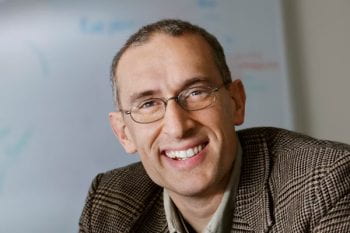
The society strengthens the interface between engineering, science and math
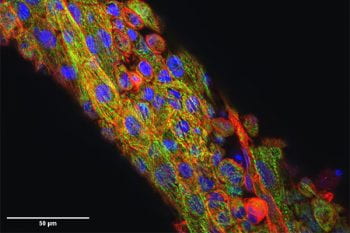
Research in labs of mechanobiology faculty members Nate Huebsch, Guy Genin creates software to enable experiments for learning how electrical and mechanical heart functions relate

Jessica Wagenseil recognized for her research and leadership

Amit Pathak’s lab shows how environmental obstructions impact collective cell migration

Ram Dixit mechanobiology faculty member shares his excitement about taking over as Biology Department Chair.

Researchers in Amit Pathak’s lab found that cells learn from past environments to promote future invasions
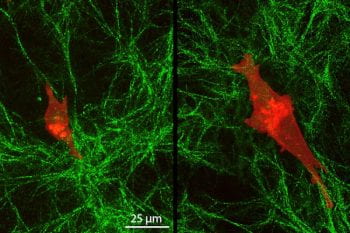
Amit Pathak’s lab finds cancer cells have remarkable ability while healthy cells do not
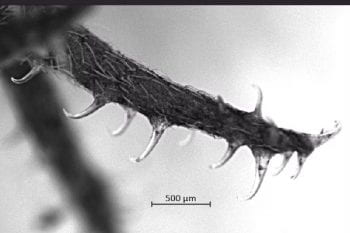
A multi-university team of researchers working with Guy Genin at the Center for Engineering MechanoBiology explore new approaches to surgical tendon-to-bone repair

Research in Amit Pathak’s lab reveals new cell migration behavior
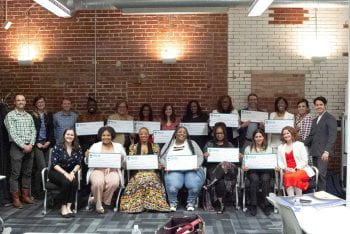

Discovery in Amit Pathak’s lab connects mechanobiology to nuclear condensates

McKelvey Engineering, School of Medicine collaborate to develop hydrogel system
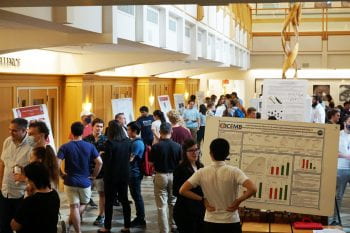
The multidisciplinary poster session offered an opportunity for emerging researchers to develop their presentation and communication skills
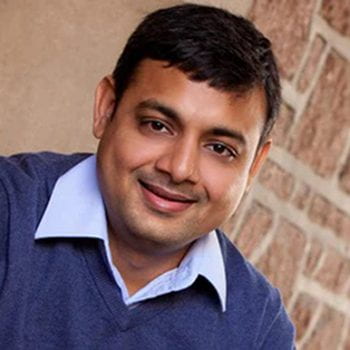
Amit Pathak’s lab will incorporate imaging, modeling to study cell migration
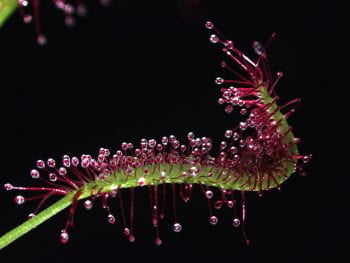
Insect-eating plants have fascinated biologists for more than a century, but how plants evolved the ability to capture and consume live prey has largely remained a mystery. Now, scientists at Washington University in St. Louis and the Salk Institute have investigated the molecular basis of plant carnivory and found evidence that it evolved from mechanisms plants use to defend themselves.
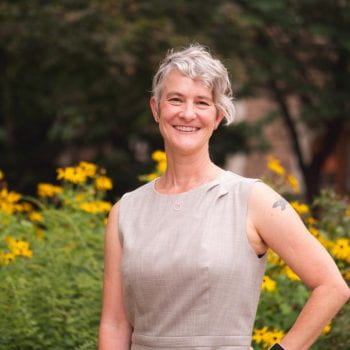
Elizabeth Haswell, one of eight faculty members at Washington University in St. Louis, is among the 564 new fellows selected by the American Association for the Advancement of Science (AAAS), the world’s largest general scientific society and publisher of the Science family of journals.
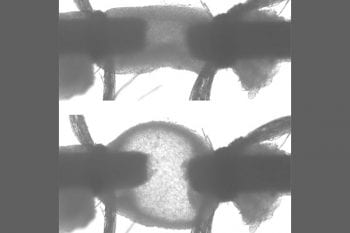
Work in Jessica Wagenseil’s lab sheds light on vital role of elastin in aorta

Research in Guy Genin’s lab serves as model for merging materials

As a baby seedling emerges from the depths of the soil, it faces a challenge: gravity’s downward push. To succeed, the plant must sense the force, then push upward with an even greater force. Visible growth is proof that the seedling has won against the force of gravity.
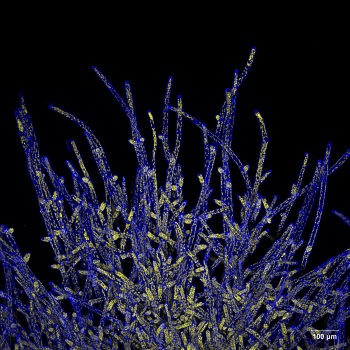
In plant cells, a conserved mechanism for perceiving mechanical force resides in unexpected location
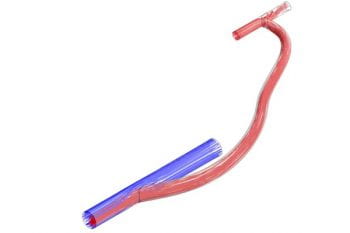
Guy Genin, interdisciplinary team find a better way to design clot-prone grafts currently used for dialysis
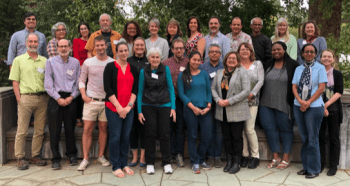
Elizabeth Haswell, professor of biology, in collaboration with a network of plant biologists, co-authored a white paper published April 13 in Plant Direct. The paper titled “Broadening the impact of plant science through innovative, integrative and inclusive outreach” outlines the challenges of scientific outreach and how to improve it.
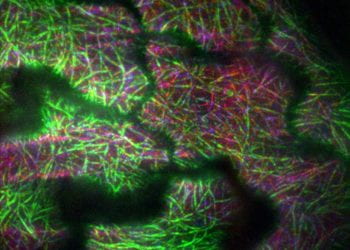
Multi-tasking much, these days? The microtubule cytoskeleton is, too. Biologist Ram Dixit in Arts & Sciences at Washington University in St. Louis has been awarded $2 million by the National Institutes of Health to study this important shape-shifter.
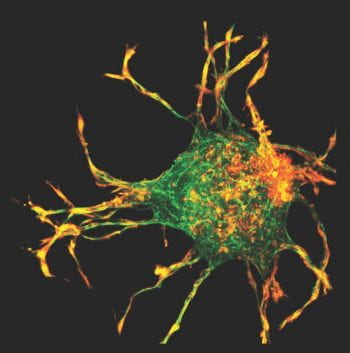
Using 3D mapping, researchers uncover a process that has stymied mechanobiology
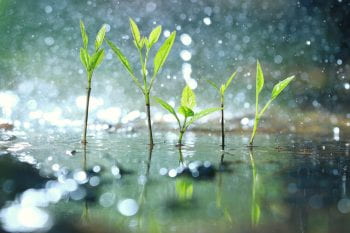
Mechanosensitive channel transporting ions induces program of cell suicide
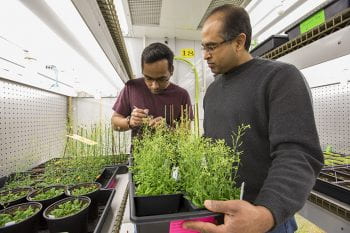
Dixit lab finds motor proteins that create more stable tracks to deliver much-needed materials
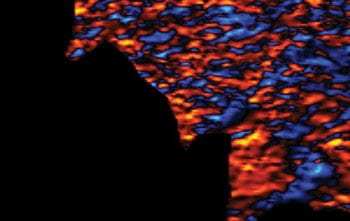
Amit Pathak found that collagen fiber length within the body may be a key overlooked parameter that some normal cells use to become invasive
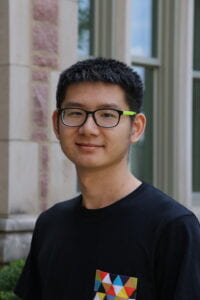
While engineers have gathered a lot of information about cells, they have not been able to tell the difference between how structural and material stiffnesses affect the behavior of a cell — until now.
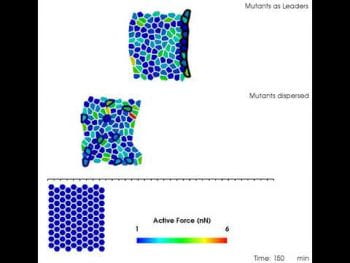
Cells in a group mimic birds migrating in a flock, giving insight into how aggressive tumor cells invade the body

Mechanical engineer’s research on cell behavior’s relationship to metastasis gets boost from NIH grant

Amit Pathak, assistant professor of mechanical engineering in the School of Engineering & Applied Science, and his team found that one small defect in tissue boundaries known as the basement membrane can lead normal cells to take on characteristics of diseased cells, such as cancer cells, and invade the surrounding tissue.
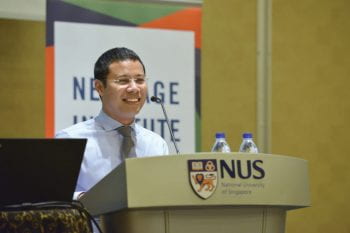
Washington University and the National University of Singapore (NUS) partnered to present the multi-day symposia, “University Partnerships for Innovation: Advancing Human Well-Being.” The event included a symposium on mechanobiology, one on inclusion in asset building, and a special joint session on innovation partnerships. The aim was to illuminate applied research and innovations at the intersection of social policy, engineering and medicine.
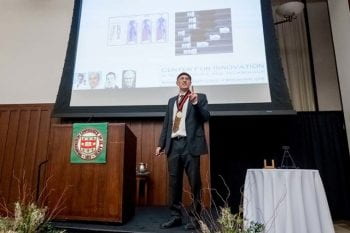
Guy Genin, an internationally renowned expert in mechanobiology, was installed as the Harold and Kathleen Faught Professor of Mechanical Engineering at Washington University in St. Louis Feb. 12.
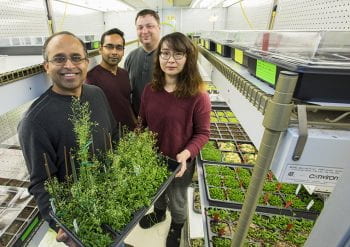
Molecular brakemen keep transporter proteins in check until it’s their turn to move
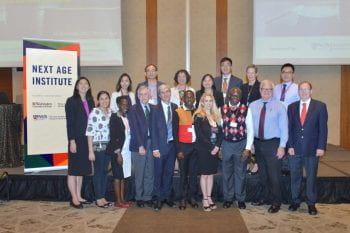
Washington University in St. Louis strives to help solve some of the world’s biggest problems, but the effort doesn’t occur in a vacuum. The university is fully engaged with a global network of partners, via education programs and research initiatives, to develop tangible and lasting solutions.
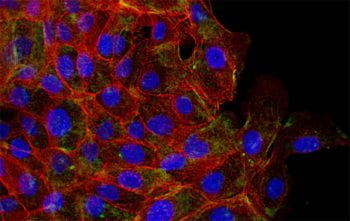
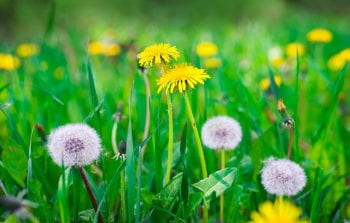
How dandelion seeds act as a perfect pipette in the lab

Mechanobiology provides insight into life. Engineers and scientists have recently identified a missing link that is critical to understanding and improving human health and the living environment — the emerging field of mechanobiology, or how biological systems sense, generate and respond to physical forces.
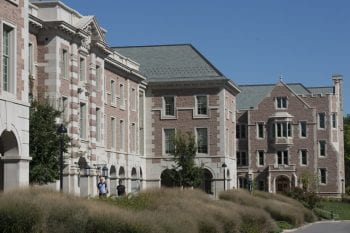
Washington University-Penn partnership will investigate biology’s mechanics